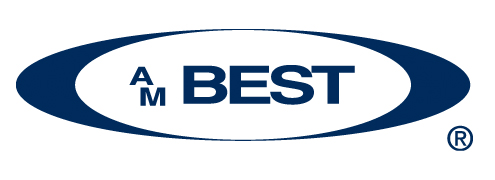Homeowners insurers were able to absorb 2017’s devastating catastrophe losses with relative ease due to the favourable reinsurance environment that has prevailed in recent years, according to A.M. Best.
 The rating agency found that the reported combined ratio for homeowners insurers in 2017 was 107.1, which was only marginally higher than the sector’s 25-year median of 106.9.
The rating agency found that the reported combined ratio for homeowners insurers in 2017 was 107.1, which was only marginally higher than the sector’s 25-year median of 106.9.
This result is attributable to the improved underwriting performance and sub-100 combined ratios achieved in each of the prior four years, which also saw benign catastrophe activity; favourable reinsurance pricing, terms, and conditions; and improvements in underwriting analytics.
A.M. Best has maintained a stable outlook on the U.S homeowners segment in consideration of these tailwinds, along with strong risk-adjusted capitalisation, a favourable view of long-term operating performance, and various risk management initiatives.
The agency also noted that homeowners insurers have increasingly turned to technology to improve their underwriting and pricing tool set as profitability has come under pressure from a deterioration in underwriting performance and competitiveness in other personal lines.
This has led to advances in predictive modelling that have afforded more sophisticated risk classification, segmentation, and pricing, and resulted in improved rate adequacy and more effective reinsurance buying.
In addition to the California wildfires and Hurricanes Harvery, Irma, and Maria, homeowners insurers had to endure several major hailstorms and tornado outbreaks in the Midwest and South, a severe freeze in the Southeast, and increased non-weather water losses in 2017.
The frequency of these disasters led to significant losses for both reinsurers and primary companies, and, while the favourable reinsurance environment limited what could have been a much worse year for primary insurers, a large proportion of losses were within these companies’ retentions.
A.M. Best observed that although the 2017 accident year ceded loss & loss adjustment expense (LAE) ratio was the third highest of the past 20 years, the net loss & LAE ratio was only the sixth highest.
It concluded that, whilst 2017 was clearly an outlier in terms of the number of major catastrophes, ongoing underwriting discipline, pricing sophistication, and continued risk management initiatives would remain critical for the segment’s future profitability.


